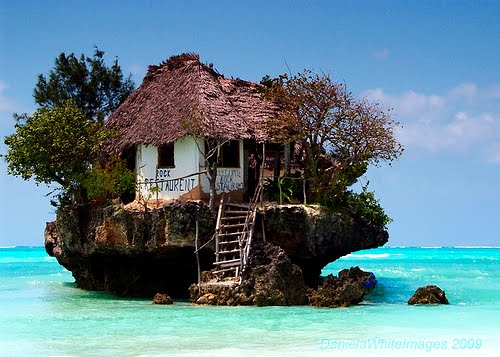Olduvai Gorge or Oldupai Gorge is commonly referred to as "The Cradle of Mankind." It is a steep-sided ravine in the Great Rift Valley, which stretches along East Africa. The gorge is in the eastern in northern Tanzania and is about 30 miles (48 km) long. Olduvai is locally called “Oldupai,” a name given by the Maasai for the Sisal growing in the gorge. Olduvai Gorge is known is known for the fantastic archeological, homo habilis discoveries made by Doctors Louis and Mary Leakey, including the skull of a humanoid believed to be 1.75 million years old. The place lies on the short grass plains of the . Not only have fossils of humanoid origin such as the homo habilis in Tanzania have been found, but also fossils from prehistoric animals that lived around them.
An American and Tanzanian archeological team made the latest and probably greatest findings in 1986. They discovered human fossils including 302 bones and teeth belonging to a female some 1.8 million years old. Excavations still continue in the gorge during the dry season, and you can enter the gorge with a guide. There is also a small museum showing some of the finds and a resting place suitable for a picnic lunch. Olduvai Gorge is located on the way between and the Serengeti and is part of many of our itineraries. It is a geographical masterpiece that gives travellers a history of mankind - homo habilis in Tanzania, Africa. |












